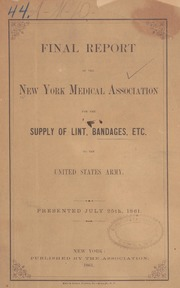Pressure Methods for Primary Hemorrhage Control Pressure Methods for Primary Hemorrhage Control: A Randomized Crossover Trial.
View
@ Kent State University
Nathan Phillip Charlton Robert Solberg Justin Rizer E.M. Singletary William A Woods
Description
Background: The importance of hemorrhage control in traumatic injury has been highlighted by the 2015 Stop the Bleed federal campaign in the United States and subsequent development of modular bleeding control courses offered by organizations such as the American Red Cross (https://www.dhs.gov/stopthebleed). However, the scientific evidence regarding the best methods and mechanisms of applying direct manual pressure to stop hemorrhage is lacking to inform first aid education skill development. Hypothesis: The purpose of this tri-phase study is to evaluate the pressure generated when adding increasing layers of gauze dressings and to compare the force generated using different techniques of force application. Additionally, we aimed to measure the pressure generated by a pressure wrap using two commonly used types of bandages in comparison to manual pressure. Methods: In this tri-phase randomized crossover trial of medical personnel, a standardized bleeding simulator with a flat force sensitive resistor on the surface was used to measure force. Participants were randomized to order of pressure with gauze application (10, 20 & 30 layers of 4x4 inch cotton gauze, respectively) and subsequently to three different methods of pressure application: the finger pads of 3 digits of the right hand, 3 fingers of the dominant hand with the opposing hand applying counter pressure, or 3 digits of each of two hands on top of the other. Participants were asked to hold pressure continuously during each application for 10 seconds and all completed each method sequentially. Participants then applied a compression wrap using either an elastic wrap or...
Text

















